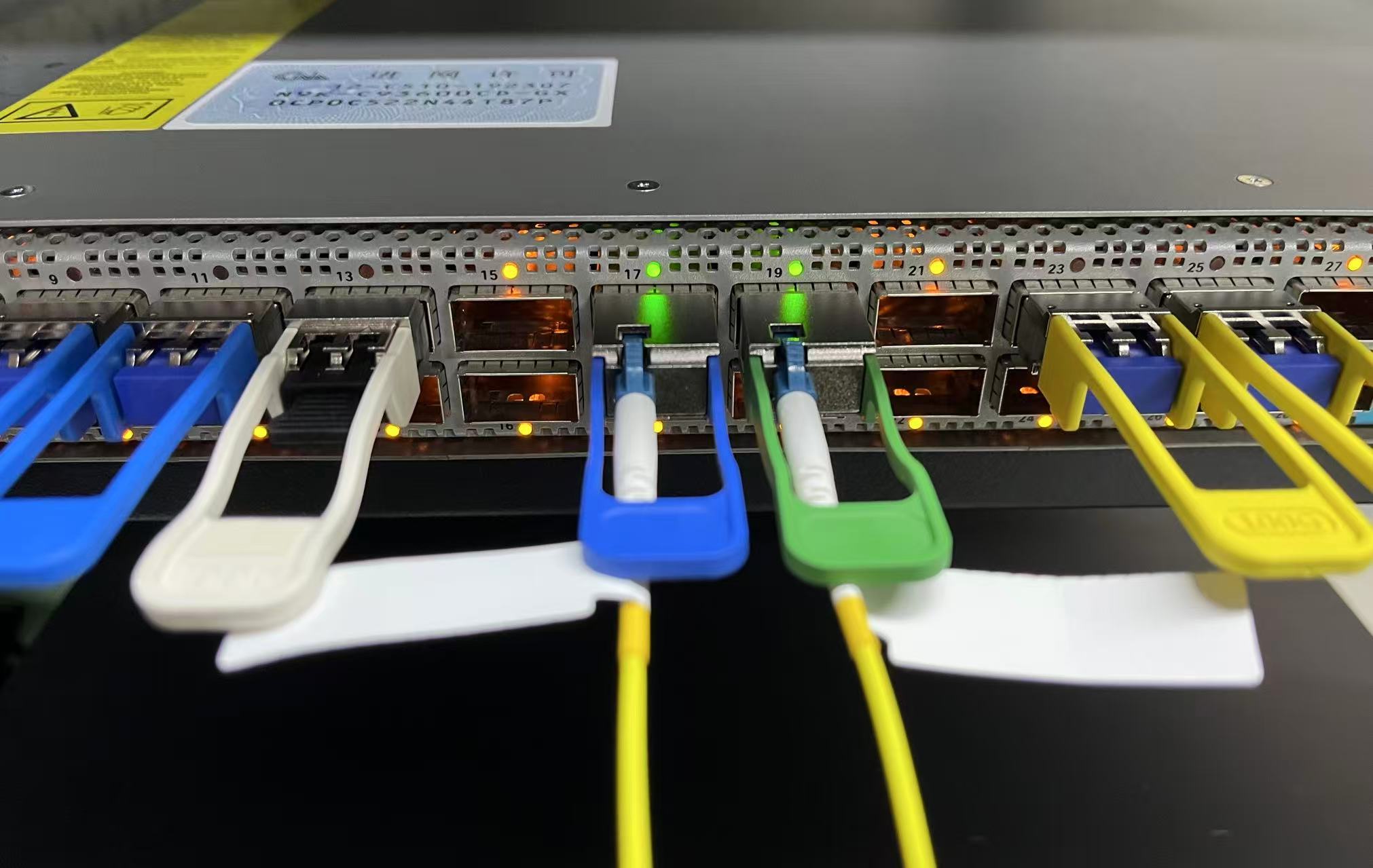
| INPHE Optics Model |
Optical Channel |
Modulation(Optical) | Rate (Optical) |
Interface | Wavelength | FEC |
| 100G BiDi 10km | LR1 | 1x 106.25G PAM4 | 106.25Gb/s | Simplex LC | 1271nm & 1331nm | KP1 (544,514) |
| 100G BiDi 20km | eLR1 | 1x 106.25G PAM4 | 106.25Gb/s | Simplex LC | 1291nm & 1311nm | KP1 (544,514) |
| 100G BiDi 40km | ER1 | 1x 106.25G PAM4 | 106.25Gb/s | Simplex LC | 1304.58nm & 1309.14nm | KP1 (544,514) |
| 100G BiDi 80km | ZR4 | 4x 25.78G NRZ | 103.10Gb/s | Simplex LC | 1270nm(4λ) & 1310nm(4λ) | KR4 (528,514) |

| INPHE Optics Model | Cisco Part Number |
Juniper Part Number |
| 100G BiDi 10km | / | 740-173673 (QSFP-100G-LRBD-U) |
| / | 740-173674 (QSFP-100G-LRBD-D) | |
| 100G BiDi 20km | QSFP-100G-B20U4-I | / |
| QSFP-100G-B20D4-I | / | |
| 100G BiDi 40km | / | 740-173676 (QSFP-100G-ERBD-U) |
| / | 740-173677 (QSFP-100G-ERBD-D) | |
| 100G BiDi 80km | / | / |